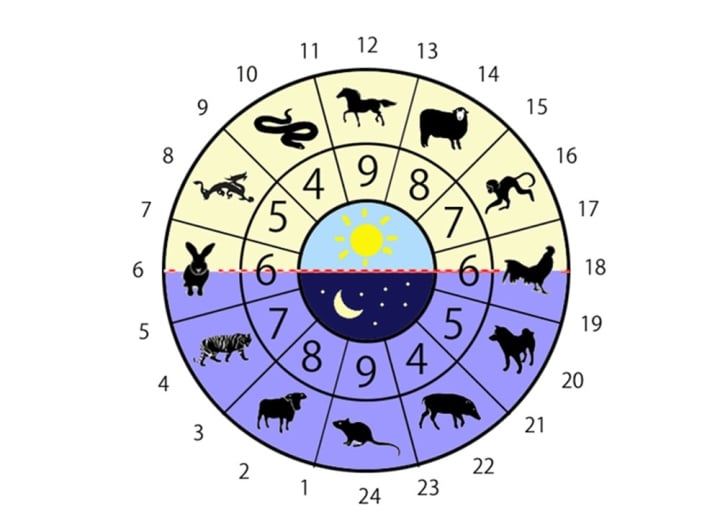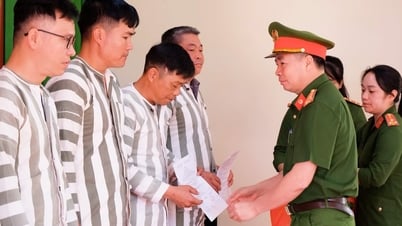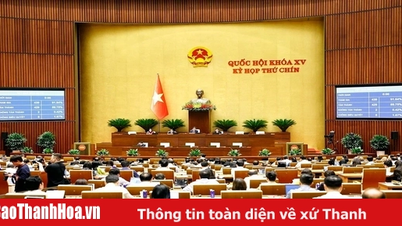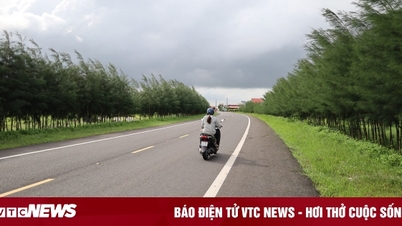Just like other eras, in feudal times, criminals would be punished. Beheading was the most severe punishment for criminals at that time. However, beheading could not always be carried out but had to be done according to regulations. One of the regulations that we often see in movies is the time of execution. The mandarins always chose the hour of Ngo three quarters to execute the prisoner.
During the Tang and Song Dynasties, it was stipulated that every year from the beginning of spring to the autumnal equinox, the first, fifth, and ninth months; the great sacrifice days; the days falling on the 24 solar terms; the fasting days; the first, fifteenth, first, and last days of the lunar month; and the eighth, twenty-third, twenty-fourth, twenty-eighth, twenty-ninth, and thirtyth days of the lunar month cannot be carried out. In addition, executions cannot be carried out when the sun has not yet risen or the rain has not yet stopped. Therefore, there are only less than eighty days each year when a prisoner can be beheaded.
During the Ming and Qing dynasties, similar regulations were set as in the Tang and Song dynasties, but there were no specific time regulations.
What is the hour of Ngo three quarters?
In ancient times, people did not have clocks, so they could only rely on astronomical phenomena and animal calendars to calculate time. The Chinese calculated time according to the 12 zodiac animals. In which, "time" and "moment" were used as two units to divide time. Specifically, a day was divided into 12 periods, each period was 2 hours and divided into 100 periods, each period was 15 minutes. They used the method of marking lines on a water tank, then punching holes to let the water drip down, after a day and a night, the water in the tank would drain out.
In the book "Shuowen Jiezi" by scholar Xu Shen of the Eastern Han Dynasty, it is written: "Regarding the time of the day, there are a total of 100 hours divided equally." That means in a day and night, there are a total of 100 hours divided equally. Each hour is 14.4 minutes (equivalent to 15 minutes now).
In the 12 periods, the first period is the hour of Ty, starting from 11 pm to 1 am, the hour of Hoi is the last period, from 9 pm to 11 pm. According to this calculation, the hour of Ngo is equivalent to 11 am to 1 pm.
So, the hour of Ngo three times is 11:45 in modern time.

The hour of Ngo is exactly 11:45 am in modern time. (Photo: Sohu)
What is special about the three-quarter hour of Ngo?
The third hour of the Ngo hour is the time near noon, when the sun is at its highest point and shadows on the ground are at their shortest. The ancient Chinese believed that the third hour of the Ngo hour is when the sun is at its strongest, the yang energy is at its maximum and the yin energy is at its weakest.
Why were prisoners executed at noon?
According to historians, the ancient Chinese chose the hour of Ngo three quarters as the time to execute prisoners for two main reasons.
The first is based on the spiritual perspective. The ancients believed that life and death of a person were decided by the gods. After a person died, the King of Hell would send his soldiers to the mortal world to escort them back. The ancient Chinese believed that at the third hour of the hour of Ngo, the yang energy was at its strongest, which would suppress the yin energy of the prisoner.
The second is due to humanistic perspective. From a scientific point of view, people usually feel most tired at noon and are healthiest in the morning. Choosing the hour of Ngo three quarters, the prisoner will feel tired and no longer focus on the fact that he is about to be executed, the pain will quickly pass. At the same time, those who witness this moment will be more easily distracted.
(Source: Vietnamese Women)
Useful
Emotion
Creative
Unique
Source




![[Photo] Binh Trieu 1 Bridge has been completed, raised by 1.1m, and will open to traffic at the end of November.](https://vphoto.vietnam.vn/thumb/1200x675/vietnam/resource/IMAGE/2025/10/2/a6549e2a3b5848a1ba76a1ded6141fae)
































































































Comment (0)